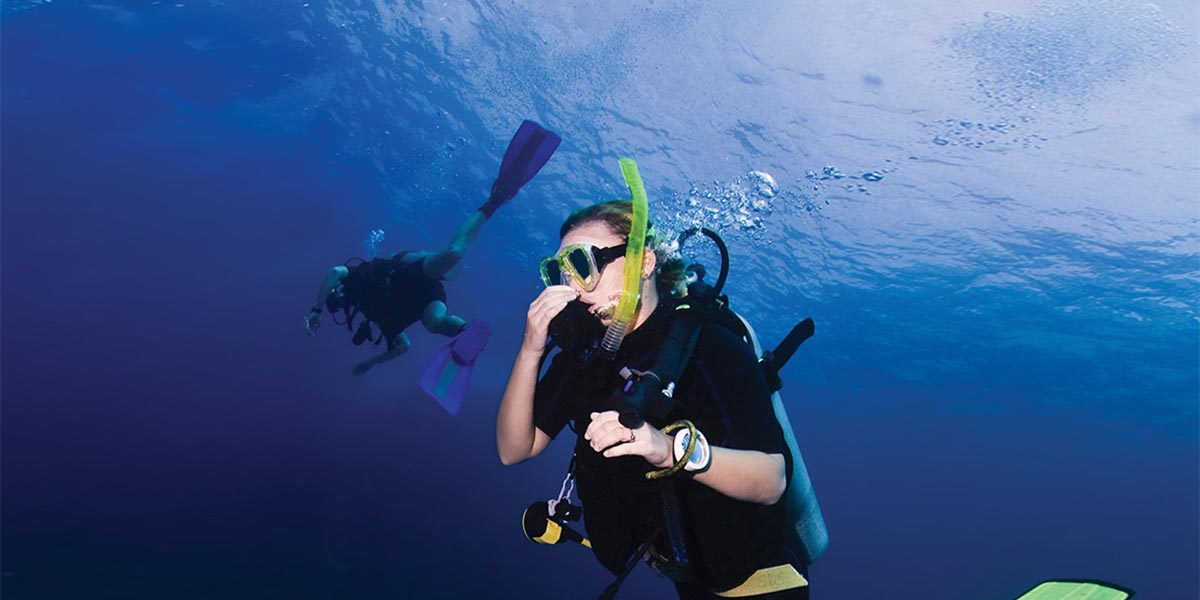Currents are only hard when you try to fight them. The whole point of drift diving is to not do that.
Let the current move you. The whole group will be basically drifting along together. Since the group isn't actively finning, if you get a little behind to look at something you can quickly catch up with a bit of kicking. If you somehow get ahead, get in the lee (downcurrent side) of a coral head or grab a bit of dead coral and wait. The group will join you shortly.
The descent is like any other open water descent. Everyone is in the same water column, it's just that the water is moving relative to the ground. Keep an eye on your buddy and group and you'll be fine.
Same story with the ascent.
Don't worry about the boat. The captain is literally following your bubble trail. When you are deep, those bubbles are very big and easy to follow at the surface. When you are shallow, he can see the divers as well as the bubbles.
My wife got certified in Coz and drift diving is still her favorite type of diving.
As to Nitrox. Get the cert. There's no difference underwater except you can stay there longer if you have the gas.

dan.org






